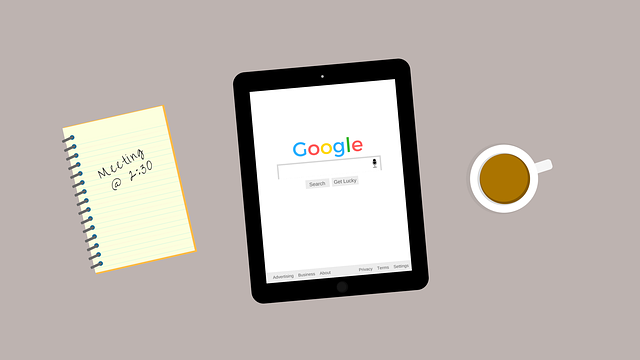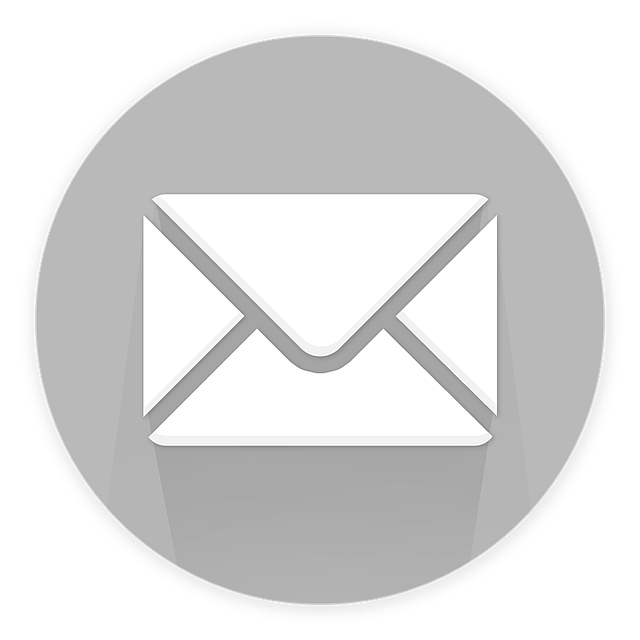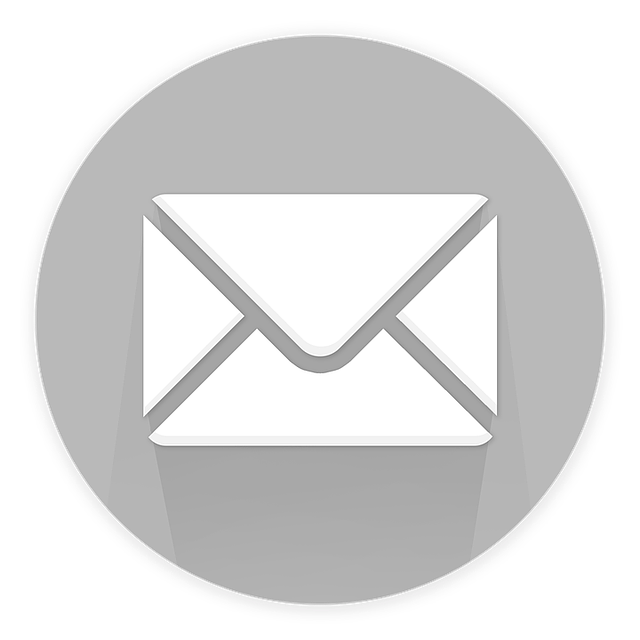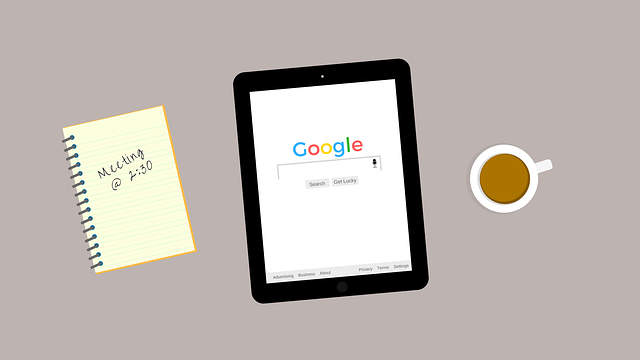Have you ever sent an email and wondered if anyone actually opened it, clicked through to your website, or made a purchase? In the world of email marketing, it’s crucial to measure engagement and interactivity to ensure your campaigns are effective. After all, what’s the point of sending emails if no one is engaging with them?
Enter email marketing metrics. These powerful tools allow you to track the success of your campaigns, giving you valuable insights into your audience’s behavior and preferences. From open rates to conversion rates, bounce rates to unsubscribe rates, these metrics provide a wealth of information that can help you optimize your email marketing strategy.
In this article, we’ll explore the top email marketing metrics and how to measure them effectively. We’ll discuss the importance of open rates, click-through rates, and conversion rates in determining the success of your campaigns. We’ll also delve into bounce rates and unsubscribe rates, which can highlight potential issues with your email list or content. Finally, we’ll touch on the importance of A/B testing to optimize your campaigns and drive better results.
Get ready to take your email marketing to the next level by leveraging the power of data-driven insights. Let’s dive in and discover the metrics that matter!
Key Takeaways
- Open rates, click-through rates, conversion rates, bounce rates, and unsubscribe rates are important metrics to track in email marketing.
- Compelling subject lines, clear copy, enticing visuals, and well-designed layouts can improve open rates and click-through rates.
- Optimizing email content, design, and call-to-action can increase conversion rates.
- Regularly cleaning your email list and analyzing reasons for unsubscribes can reduce bounce rates and improve retention strategies.
Open Rate
You’ll be excited to know that the open rate is a key metric that shows how many people are eagerly clicking to see what’s inside your email! It measures the percentage of recipients who actually open your email out of the total number of recipients.
A high open rate indicates that your email subject line is enticing and effective, making people curious to know more. However, a low open rate could indicate issues with email deliverability, such as your email being filtered as spam or not reaching the intended recipients.
To improve your open rate, make sure to craft compelling subject lines that grab attention and avoid using words that trigger spam filters.
Now let’s move on to the next important metric: click-through rate.
Click-Through Rate
Emphasizing the importance of click-through rate, it’s crucial to track how users interact with your email content.
Click-through rate (CTR) measures the percentage of recipients who click on a link within your email. It provides valuable insights into the effectiveness of your email marketing campaigns. By analyzing CTR, you can determine which links and calls-to-action are resonating with your audience and driving engagement.
To optimize your CTR, consider using compelling headlines, clear and concise copy, and enticing visuals. A well-designed email layout with strategically placed buttons can also boost CTR.
Regularly monitoring and analyzing your CTR allows you to make data-driven decisions to improve your email marketing efforts and maximize user engagement.
Transitioning into the next topic of ‘conversion rate,’ understanding CTR is a crucial step towards achieving higher conversion rates and driving successful email marketing campaigns.
Conversion Rate
Get ready to witness the magic of conversion rate, as it unveils the power of turning mere clicks into meaningful actions that drive the success of your email campaigns. Conversion rate measures the percentage of recipients who complete a desired action after clicking on a link in your email. It could be making a purchase, signing up for a newsletter, or downloading a free resource.
A high conversion rate indicates that your emails are effectively persuading recipients to take that next step and engage further with your brand. By optimizing your email content, design, and call-to-action, you can increase your conversion rate, leading to higher customer retention and better lead generation.
Now, let’s delve into the next section about bounce rate, which reveals another important aspect of email marketing effectiveness.
Bounce Rate
Let’s dive into the next section and explore the fascinating concept of bounce rate, shining a light on an essential aspect of email campaign performance.
Bounce rate measures the percentage of emails that aren’t successfully delivered to recipients’ inboxes. It’s a crucial metric to monitor as it indicates the effectiveness of your email list and the quality of your email content.
High bounce rates can negatively impact your email marketing efforts, so it’s important to focus on bounce rate optimization. By regularly cleaning your email list, ensuring accurate email addresses, and using double opt-ins, you can reduce email bounce rates and improve the deliverability of your campaigns.
Now, let’s move on to the next section where we’ll discuss the unsubscribe rate and its significance in evaluating email engagement.
Unsubscribe Rate
Discover the surprising impact of the unsubscribe rate and how it can reveal valuable insights into the effectiveness of your email campaigns.
The unsubscribe rate is a metric that measures the percentage of recipients who choose to opt-out or unsubscribe from your email list.
It may seem counterintuitive, but a high unsubscribe rate can actually be a good thing. It indicates that your email content is not resonating with your audience, and it gives you an opportunity to reevaluate your email marketing strategies.
By analyzing the reasons behind the unsubscribes, you can identify areas for improvement and implement retention strategies to keep your subscribers engaged.
Moreover, a high unsubscribe rate can also have an impact on your email deliverability, as it signals to email service providers that your emails may not be relevant or valuable.
Understanding the unsubscribe rate is crucial for optimizing your email campaigns and ensuring long-term success.
In the next section, we will explore the power of a/b testing in improving your email marketing efforts.
A/B Testing
Unleash the power of A/B testing to revolutionize your email campaigns and skyrocket your success! A/B testing allows you to compare two versions of an email to determine which one performs better. By testing different subject lines, content, or calls to action, you can optimize your emails for maximum engagement and interactivity.
To make the most of A/B testing, follow these best practices. Start by selecting a single variable to test, such as the subject line or the layout. Ensure that your test sample is large enough to generate statistically significant results. Create two versions of your email, making only one change at a time. Send them to randomly selected segments of your audience and measure the results.
Several case studies have shown the effectiveness of A/B testing. For example, Company XYZ increased their open rates by 30% by testing different subject lines. Another study found that personalizing emails based on customer preferences led to a 45% increase in click-through rates.
Embrace A/B testing to drive better results and improve the overall performance of your email marketing campaigns.
Frequently Asked Questions
How can I improve my email marketing open rate?
To improve your email marketing open rate, focus on personalization techniques and subject line optimization. By tailoring your emails to each recipient’s interests and preferences, you can grab their attention and entice them to open your emails.
Additionally, crafting compelling subject lines that create a sense of urgency or curiosity will increase the likelihood of recipients opening your emails. These strategies have been proven to boost open rates and drive higher engagement with your email campaigns.
What are some strategies to increase click-through rates in email marketing campaigns?
To increase click-through rates in your email marketing campaigns, personalization techniques and A/B testing are key.
By tailoring your emails to specific segments of your audience, you can deliver more relevant content that resonates with them.
A/B testing allows you to experiment with different elements, such as subject lines, call-to-action buttons, or visuals, to identify what drives higher click-through rates.
Using these strategies, you can optimize your campaigns and encourage more engagement from your subscribers.
How can I measure the success of my email marketing campaigns in terms of conversions?
To measure the success of your email marketing campaigns in terms of conversions, you can utilize conversion tracking and ROI analysis.
By implementing conversion tracking tools, you can monitor the number of recipients who take desired actions such as making a purchase or signing up for a newsletter.
ROI analysis allows you to determine the return on investment generated by your email campaigns.
These data-driven methods provide valuable insights into the effectiveness and profitability of your marketing efforts.
What factors contribute to a high bounce rate in email marketing?
Factors that contribute to a high bounce rate in email marketing include invalid email addresses, outdated subscriber lists, and poor email deliverability. These issues can lead to emails being undeliverable, resulting in a higher bounce rate.
To tackle this, ensure you regularly clean up your subscriber list, verify email addresses, and improve email deliverability by using reputable email service providers. These solutions will help reduce bounce rates and increase the effectiveness of your email marketing campaigns.
Are there any best practices to minimize unsubscribe rates in email marketing?
To minimize unsubscribe rates in email marketing, focus on optimizing your campaigns. Start by providing valuable and relevant content that addresses your subscribers’ needs and interests.
Personalize your emails, using their names and segmenting your audience.
Keep your email frequency balanced and avoid bombarding them with too many emails.
Make it easy for subscribers to unsubscribe if they choose to, as this can help maintain a positive brand perception.
By following these best practices, you can improve email marketing optimization and reduce unsubscribe rates.
Conclusion
So, now that you understand the key email marketing metrics, you have the power to measure engagement and interactivity effectively.
By analyzing the open rate, click-through rate, conversion rate, bounce rate, and unsubscribe rate, you can gain valuable insights into your email campaigns.
But remember, data alone is not enough. How will you use this newfound knowledge to optimize your email marketing strategy and drive better results?









